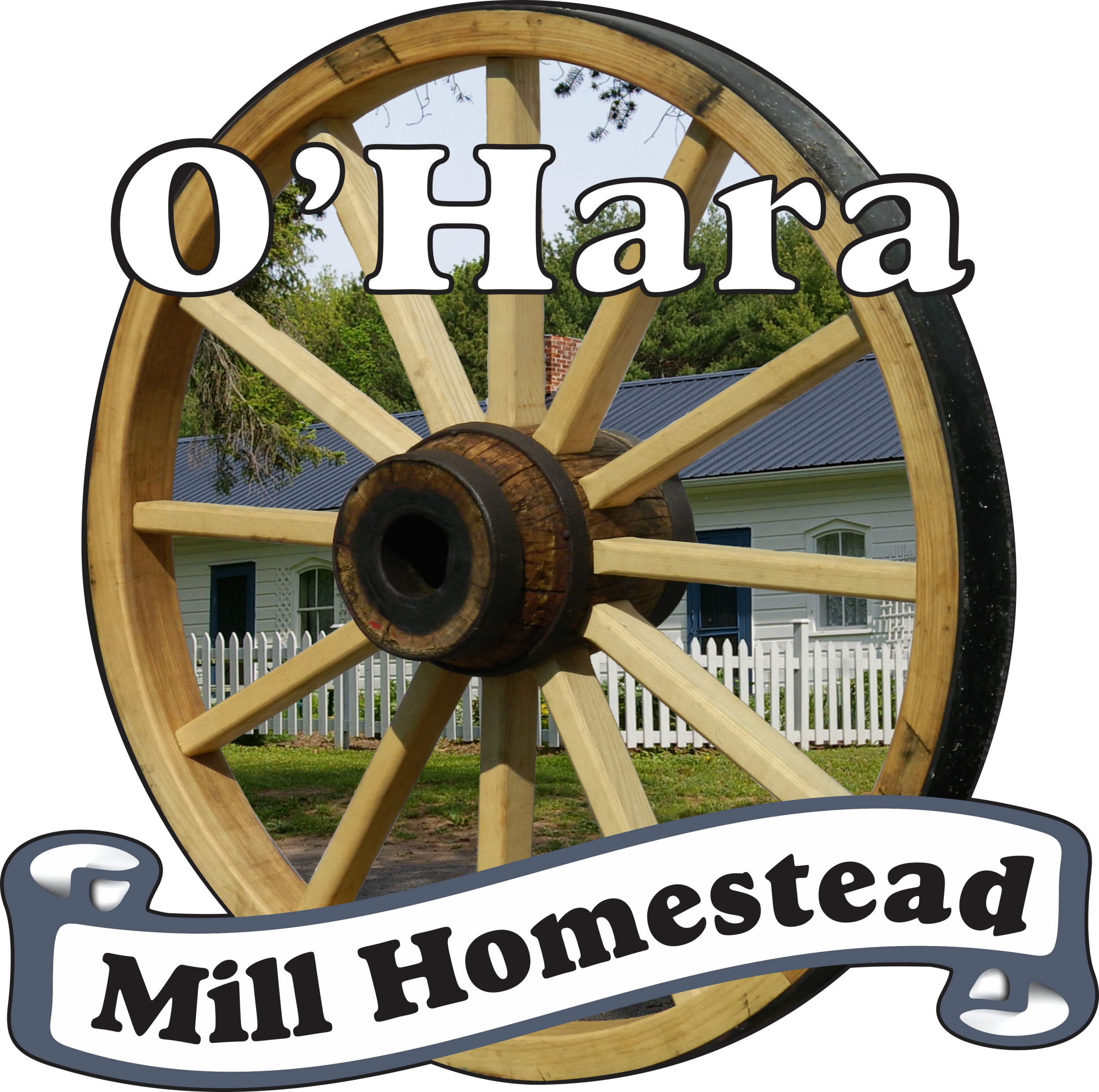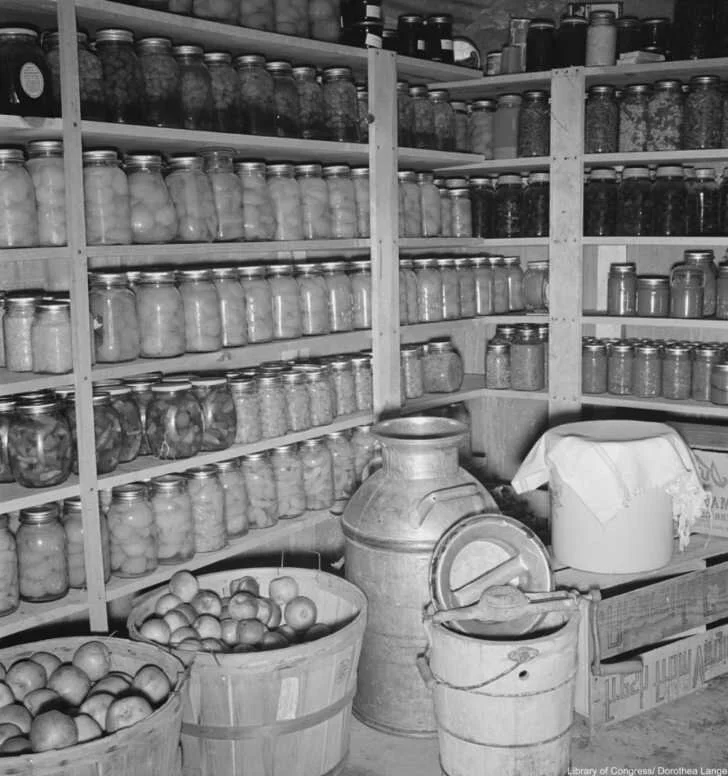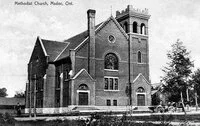A goodbye message from the Summer Students.
Read MoreIn the early years of a new homestead, winters were brutal. Even nowadays the winters can be harsh and detrimental, but the settlers did not have the technology we have today.
Read MoreContinuing on with this week’s theme, we want to talk about how settlers would have stayed warm during the cooler seasons and how methods of heating changed over time.
Read MoreThe winter months were long and pioneers did not have easy access to most of their food sources. As a result the summer and fall months were spent getting their food stores ready for the long and cold winter ahead.
Read MoreToday candles serve mostly a decorative purpose, but back in the 1800s when the O’Hara family first settled near Madoc candles were a vital aspect of daily life. Throughout the year candles were necessary at night to do anything, as there was no electricity around.
Read MoreToday we are going to be looking at some starch containers that are in the museum house and learning about their history and use. While these might not seem like very interesting items at first glance they tell quite the story!
Read MoreFor today’s “oddity”, we have a piece of farm equipment that was used to spread seeds before horse-drawn seed drills were used.
Read MoreHere at O’Hara we have a set of tubes by the kitchen stove, and you may not expect them to be what they are. These tubes are long canisters filled with sodium bicarbonate (baking soda) and were used to put out fires! Yes, that’s right, these are fire extinguishers.
Read MoreToday we are taking a look at a few kitchen devices that we have here at the Homestead which were essential for getting things done efficiently in the kitchen.
Read MoreWhile sorting through some artifacts at the homestead, we found a collection of older health magazines like, “Homecrofter” and “Health and Happiness”.
Read MoreThe granary was a small out building, or a room in the barn, where all of the harvested grains were kept.
Read MoreLivestock was just as important to an early homestead as the crops. Sheep, cows, chickens, and pigs all produced meat that provided the settlers with protein and vitamins that were essential for their health.
Read MoreHarvest was a big event in the settler’s lives. Nearly all of their time and energy spent near the end of the fall was devoted to the harvest. Children wouldn’t go to school during that time as they were needed to help with harvesting and related tasks.
Read MoreToday we are going to be taking a look at the process of threshing grain. Essential to the journey of grain from the field to use, this process underwent large improvements throughout the 1800s.
Read MoreIn 1800s Canada, a good fall harvest determined the settlers survival through the winter. A good harvest depended on a variety of factors such as; weather, wildlife interference, soil conditions, and the preparation work done to the field.
Read MoreToday we are going to be looking at the role that churches played in community traditions, along with the associated social events which played a large part in society in the 1800s throughout Ontario, including in Madoc.
Read MoreOrganized community activities in Madoc were not popular until the 1870s as most of the energy exerted before this time was put towards survival and development of the homestead. Organized events and activities became more popular as time went on.
Read MoreToday we are going to be looking at child birth, which was considered a rite of passage for women and was a very social event in the early days of Ontario when the O’Hara’s first settled in Madoc.
Read MoreArbour Day is observed on the last Friday in April and it started with the settlers of Canada and the United States.
Read MoreMarriage in the 1800s carried strong economic and social expectations and was not to be taken lightly. Many marriages started with a courtship, where two young people would learn about each other under the supervision of a chaperone.
Read More



















